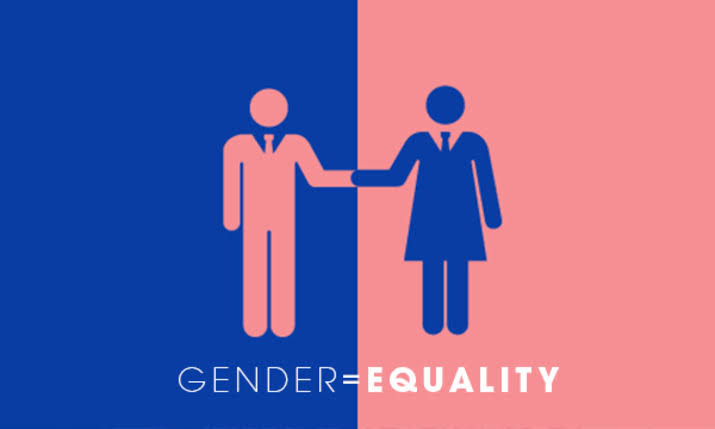Gender and Constitutional Rights in India: A Continuing Struggle for Equality
Through its constitutional structure, India, the largest democracy in the world, has made significant progress toward promoting gender equality. The 1950-enacted Indian Constitution recognizes the import of gender equality and guarantees women a number of rights and safeguards. Despite these regulations, prejudice based on gender, assaults on women, and unequal access to opportunity remain problems in India. In this article, the link between gender and constitutional rights in India is examined, emphasizing both the triumphs and the remaining hurdles.
The Indian Constitution’s Preamble lays an intense focus on equality, assuring that all citizens, regardless of gender, are treated equally beneath the law.
The Constitution forbids discrimination on the basis of gender in Articles 14, 15, and 16. These clauses make certain that everybody is given the same legal safeguards and forbid discrimination in government employment. Article 15 expressly forbids sex-based discrimination, while Article 15(3) gives the state the authority to formulate particular arrangements for women and children. This clause enables the government to execute out affirmative action plans to advance women.
The fundamental right to freedom, especially the freedom to move across the Indian subcontinent, is ensured by Article 19. Women gain from this clause since it ensures their accessibility and freedom to opportunities. The fundamental right to life as well as private liberty, which has been widened to include the right to live with dignity, is being protected by Article 21. Handling issues like dowry killings and violence against women has been made possible in a substantial way by this. Article 21-A, which made education a fundamental right for children between the age range of 6 and 14, was added by the 86th Constitutional Amendment Act. The impact on gender parity in education has been tremendous.
Despite these constitutional provisions, India faces several challenges in achieving gender equality:
Domestic abuse, sex assault, and honor killings among just a few instances that illustrate the gender-based violence that continues to afflict India. Despite constitutional rights offer protections, laws’ practical use and the functioning of the criminal justice system continue to be issues.
Unequal Admission to Education: Regarding progress made via the Right to Education Act in assuring equal chances for education, girls in certain communities continue to encounter obstacles when going to school because of cultural and economic concerns.
India has a considerable gender wage gap, with women receive less money for doing a comparable type of work as men. The difference highlights a more serious problem of workplace discrimination based on gender.
Although there have been noteworthy female political leaders in India, there still aren’t enough women holding elected positions. The provisions of the constitution must result in real political voice for women.
Healthcare Inequalities: Healthcare inequities based on gender nevertheless exist, with women experiencing less access to and impact over decisions about their reproductive and sexual health.
India has seen positive developments in the realm of gender equality:
The Women’s Reservation Bill, which allocates one-third of seats in Parliament and state legislatures for women, is an attempt by India to improve the electoral representation of women. Although this law has not yet been passed, it clearly demonstrates a commitment to promoting the involvement of women in governance.
The #MeToo movement gained traction in India, delivering victims of sexual harassment a voice as well as encouraging greater awareness of and dialogue about sexual assault based on gender.
Legal Reforms: To reinforce the laws against sexual offenses, legal reforms involving the Criminal Law (Amendment) Act, 2013, were implemented. As a result of these modifications, those responsible for the Delhi gang rape are facing harsher penalties.

Economic Empowerment: Schemes like the MUDRA scheme and self-help groups have given women monetary resources to establish and run their very own enterprises.
In India, there are complicated connections between gender and constitutional rights. Although the Indian Constitution establishes a solid structure for gender equality, there is an evident gap between the principles of the constitution and their actual application. These are still significant problems with gender-based violence, unequal access to education and medical care, as well as disparities in political representation and economic potential.
AUTHOR: KRISH PARASHAR a Student at DES Shri Navalmal Firodia Law College

